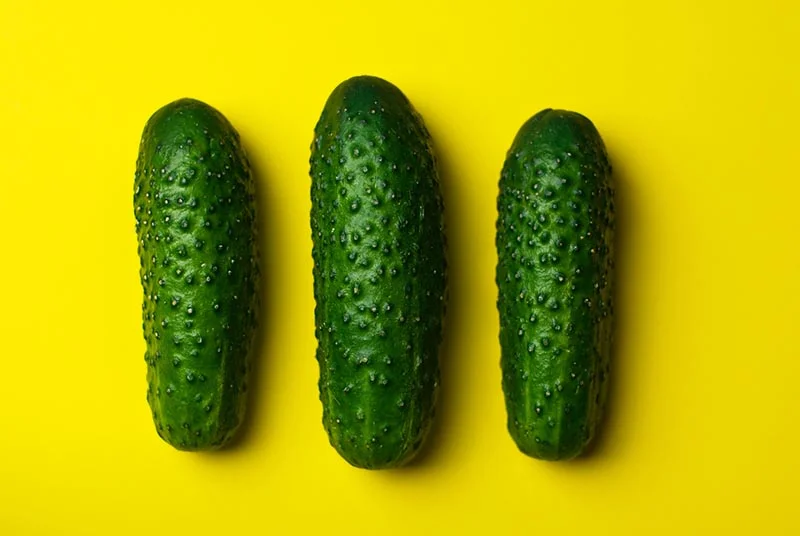The Macabre Wonders of Goth Cooking
From ice cream to bagels, it doesn’t take much to dye food black — and still make it taste good.
By Allyson Larcom
Netflix’s Curious Creations of Christine McConnell might have brought goth cooking into the public eye, but the practice of bringing a goth aesthetic to food has existed since the invention of burnt toast.
At the heart of the goth cooking trend is finding creative ways to dye your food as black as your goth soul.
In recent years, chefs around the world have become increasingly interested in concocting their own versions of subtly satanic vittles, whipping up batches of black ice cream, black macaroni and cheese, black lemonade, and even black hamburgers.
“Chefs like the bold look,” New York chef Ryan Tate told Bloomberg. “[They] have been exploring it for years, and now the dining public is beginning to accept those flavors.”
Instagram has also been instrumental in spreading the fervor of goth cooking. Both unique and eye-catching, black foods photograph well and, because they’re still somewhat rare, add a certain cache of coolness to an Instgrammer’s profile.
What’s more, goth cooking is also seen as an antidote to another fast-growing Instagram trend: “unicorn” or “mermaid” foods.
For those who find the cutesy, often rainbow-hued, and sprinkle-topped dishes irksome if not nauseating, goth cooking poses an attractive alternative with its monotone simplicity and depressing vibes.
It’s also nothing new.
Different cultures around the world have long been concocting and experimenting with all-black foods, such as China’s gee-ma woo or Italy’s al nero de seppia pasta. In fact, Korea has an entire holiday called Black Day (an antithesis to Valentine’s Day geared specifically for single people) where part of the tradition involves eating an all-black noodle dish called jjajang myeon.
Top on the list of ingredients for goth cooking is activated charcoal, which is considered the quickest and easiest method for dying food black. It’s flavorless, so it can be added to nearly anything without changing the taste, and it has reported health benefits because of its ability to absorb toxins, gases, heavy metals, poisons, and other chemicals.
Activated charcoal is also a main ingredient in a number of natural hygiene products and can be found in organic soaps, toothpastes, bandages, and more.
It should, however, be consumed in moderation. Too much charcoal can cause digestion problems, such as vomiting and constipation, and it can also absorb medications in the body and stop them from working.
Other common goth cooking ingredients include squid ink, black garlic, molasses, truffles, a Central and South American fruit called black sapote, and even cacao powder (which is what gives Oreos their black hue). Rich in antioxidants and iron, squid ink is known for its salty, briny flavor, while cacao powder adds a chocolatey taste to whatever it’s in.
Additional goth ingredients include black seaweed, black sesame, and coconut ash, which are more commonly found in Asian cuisines.
You can also blacken foods through the process of charring, which many chefs tout as a method of adding texture and smoky flavoring to foods, as well.
While goth cooking looks cool, it helps that many of these ingredients are also delicious.
“They often possess a unique flavor and aroma,” Manhattan chef James Friedberg told Vogue.
Those curious about trying goth cooking need only look online, as there are a number of goth cooking blogs, recipes, and YouTube videos that can walk you through the process of making your very own all-black dishes.
Some of the ingredients are easier to obtain than others, but remember that if all else fails, you can always just buy black food coloring and call it a day.





















